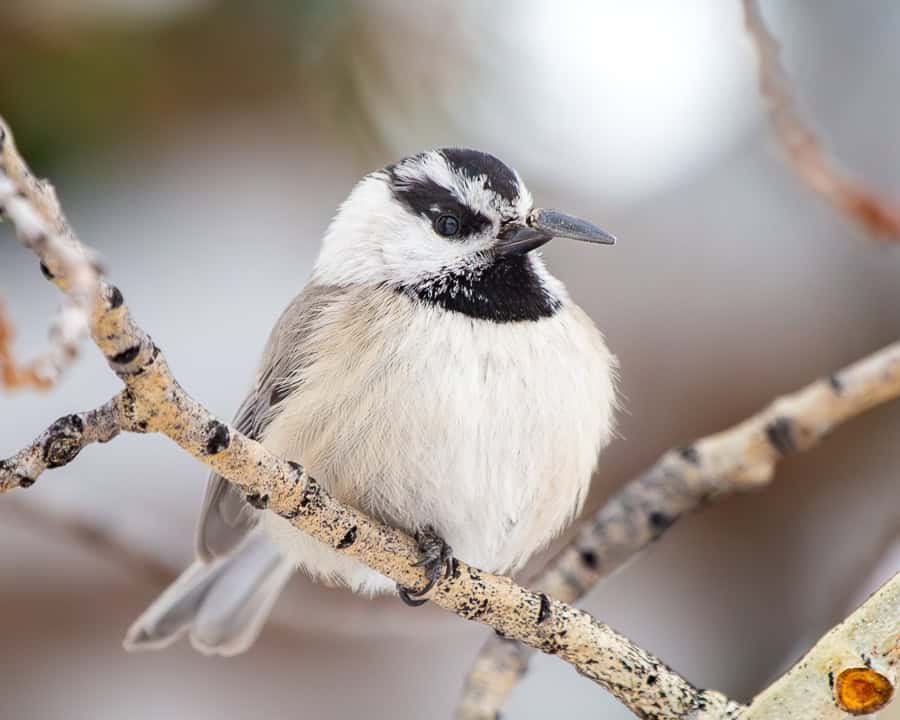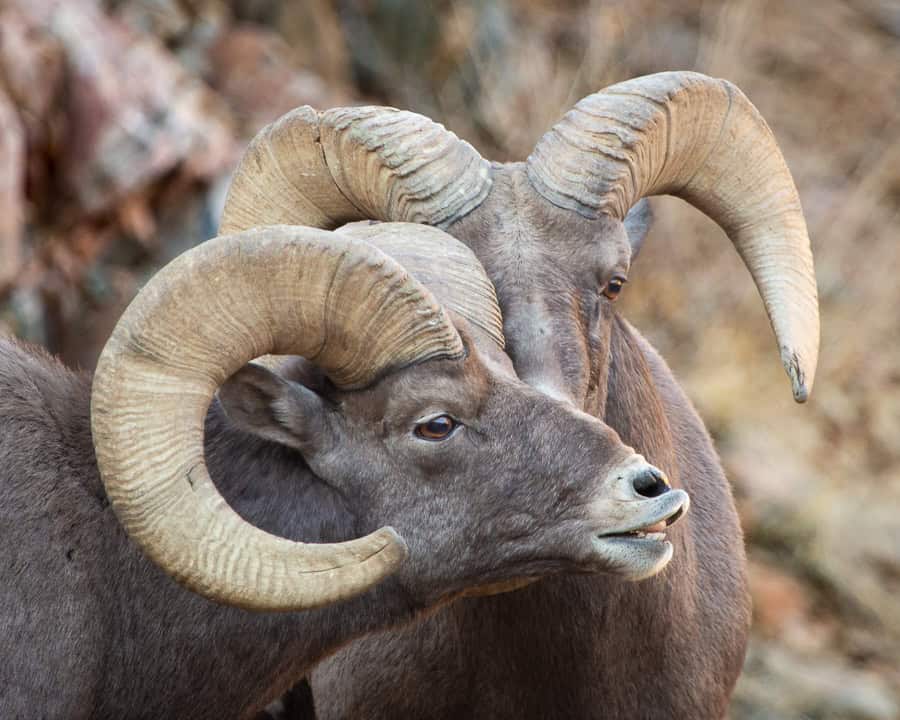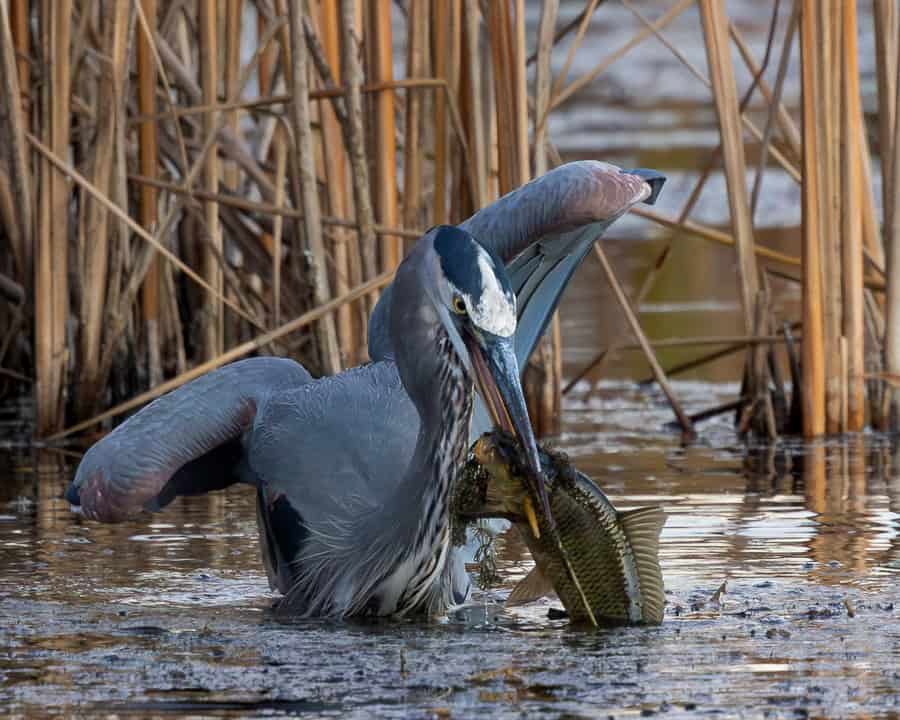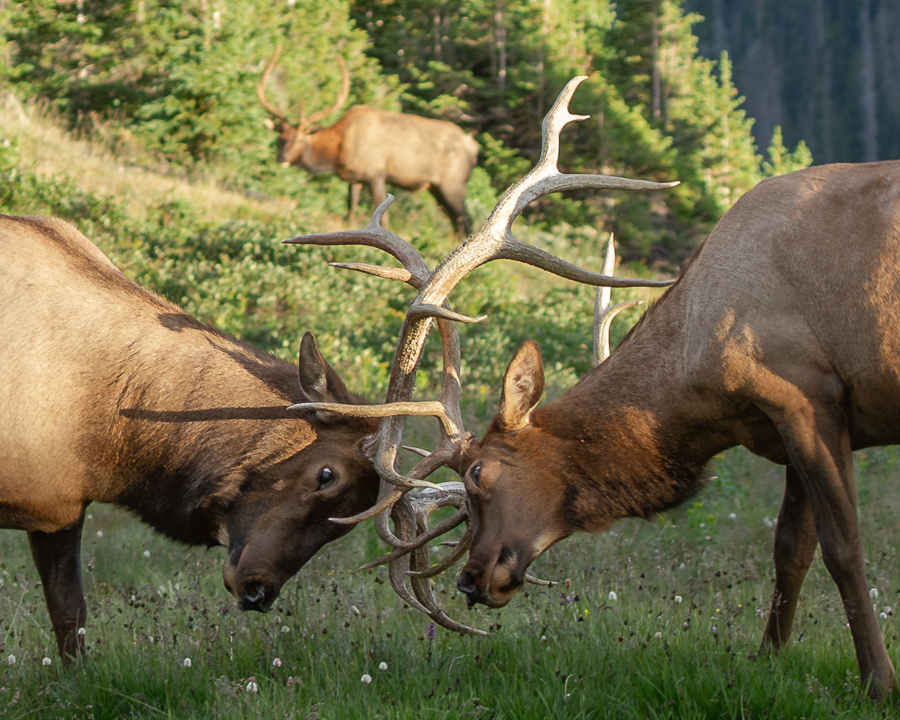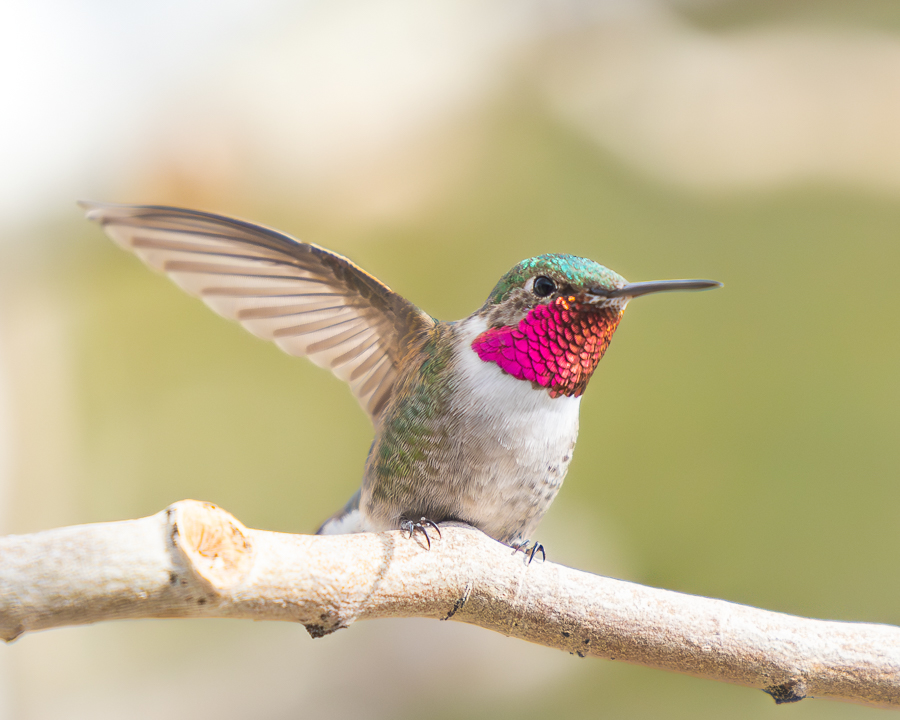How do woodpeckers not suffer brain trauma?
One of the many iconic sounds we enjoy in the forest (and sometimes unwanted on the side of the house like a deeply abhorred alarm clock) is the familiar “rat-a-tat-tat” of a woodpecker. As well known as the sound is, the behavior and its repercussions (or lack thereof) is a profound mystery of nature.
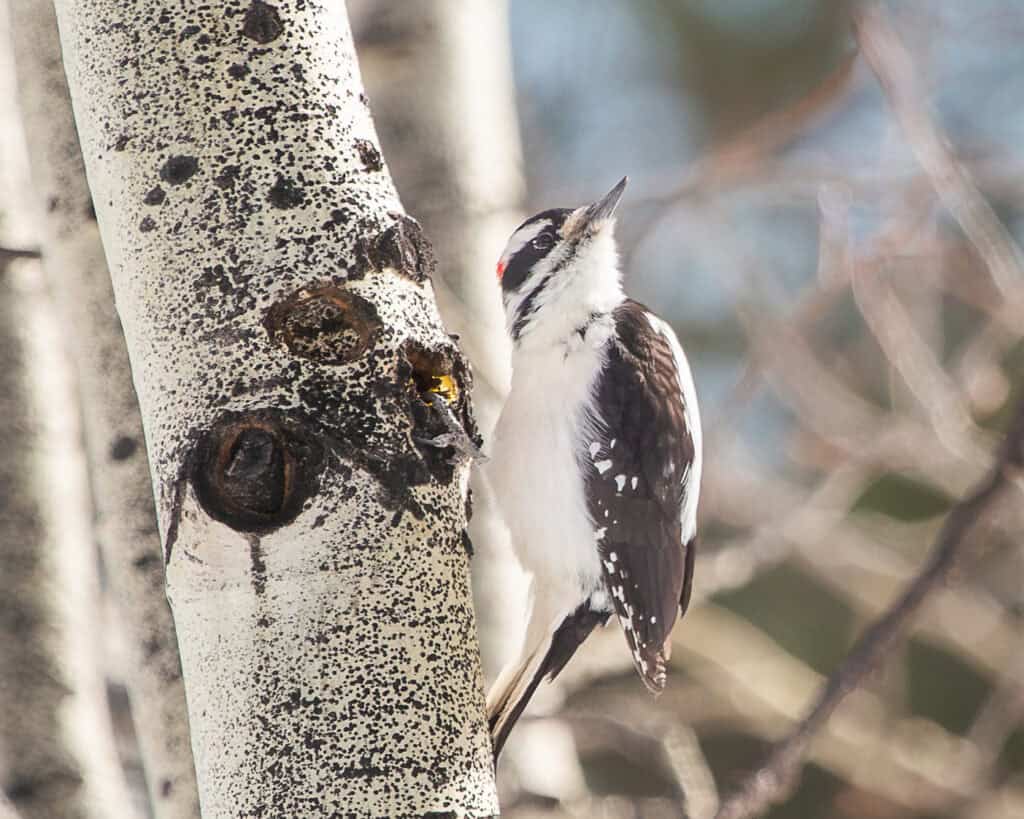
Woodpeckers peck for a few reasons. They use this action to bore nesting holes in trees. It is also done to bore smaller holes to gain access to insects that live inside the trees (or home siding) for food. A third reason for head-banging is simply for communication purposes and announcing of territory.
This stunning machine-like action is quite a wonder coming from an animal as diminutive as a bird. The simple function of making up to 20 strikes per second is astounding in and of itself. The ability to do so thousands of times per day seemingly without incurring lasting brain trauma is mind-numbing (both literally and figuratively).
Studies have shown that a single strike can produce as much as a stunning 1,200 Gs or more of force. Note that it is nearly impossible for a human to survive an impact past 100 G’s of force without extraneous safety measures, and even with said measures, can still be left with life-changing and lasting bodily harm. Math-ing that over the course of a day in the life of a woodpecker gives one a headache just thinking about it!
Observing extreme slow-motion video footage of the behavior shows us that during a single strike, the head and neck move in perfect unison. This is crucial to understanding the forces involved and how they are distributed in the body. The tightening of the muscles involved lock the head and neck together, keeping the impact force singular as those same muscles help to distribute the impact energies throughout the lower body.
As nature inspires all inventions, this behavior has been studied to learn how we humans might avoid our own injuries, especially to our brains. Sports science has investigated these creatures with great interest as they try to develop protective equipment that minimizes the risk of brain and body trauma.
One long-standing theory that inspired helmet design is that woodpecker skulls adaptively formed a spongy layer of tissue that acted as a sort of shock absorption system. While helpful in sports science and technology, this theory is now considered de-bunked with woodpeckers due to basic physics. Said shock absorption would inherently minimize the force required for boring holes, like placing a pillow between a hammer and a nail. Such a layer would create inefficiency in the act, and nature does not tolerate much in the way of inefficiency.
Another theory is that the tongue (quite long in perspective to the animal’s overall size) when retracted wraps around the brain, and in some species even curls around the eye sockets. While this certainly helps to reduce injury, it does hinder slightly in the realm of impact physics. That said, a tongue of that length must go somewhere, and in lieu of nature’s demand for efficiency, it only makes sense to put it around the skull to minimize traumatic injury.
One bit of body design related to the tongue that makes more sense in understanding injury avoidance is the Hyoid bone. This bone is found in all manner of creatures (humans included) and is what the tongue muscles are attached to allowing for swallowing, breathing and talking. With woodpeckers, the bone structure uniquely starts at the top of the bill near the nostrils, then splits into a “V” at the eyes and wraps all the way around the skull before reconnecting at the base of the lower bill. A sort of protective “cage” surrounding the skull itself.
Another helpful aspect of body design is found in the bill itself. A woodpecker’s lower bill is slightly longer than the upper bill. This allows the lower bill to take the immediate brunt force, thus transferring the energy of the impact down into the body as opposed to directly onto the skull.
The woodpecker brain itself is packed tightly into the skull, which keeps it from “sloshing about” during strikes which would cause damage simply by impact with the bone. The situation of the brain in the cavity itself is also important in trauma mitigation. It sits in such a way that a larger portion of the brain faces the front of the skull. This placement disperses impact energies better throughout the brain than if it were just the frontal surface impacting the skull as would be the case with humans.
All these factors help; however, we still don’t have a solid understanding of how the birds seem to not be affected by long term brain trauma. Autopsy studies prove that they do show build-ups of Tau proteins, a known key biomarker for chronic traumatic encephalopathy (CTE) in humans. It is unknown as to whether the proteins are harmful or if they are a mitigant of long-term brain damage. If harmful, what, if any chemicals might a woodpecker produce that reduces the protein build-ups.
While questions and mysteries abound, it is heartening to know that nature remains the bedrock of the work towards finding our answers. In the case of head and brain trauma, woodpeckers have become the model for not only advances in safety equipment technology but also provide a greater understanding of trauma mitigation. They possibly hold the keys to not only understanding the neurochemical impacts of physical brain trauma but also finding ways to better treat and heal in human’s the similar traumas inflicted upon themselves thousands of times a day.
sources:
https://www.audubon.org/magazine/new-study-shakes-long-held-belief-woodpecker-hammering
https://www.science.org/content/article/contrary-popular-belief-woodpeckers-don-t-protect-their-brains-when-headbanging-trees
https://journals.plos.org/plosone/article?id=10.1371/journal.pone.0191526
Originally published in The Mountain-Ear

